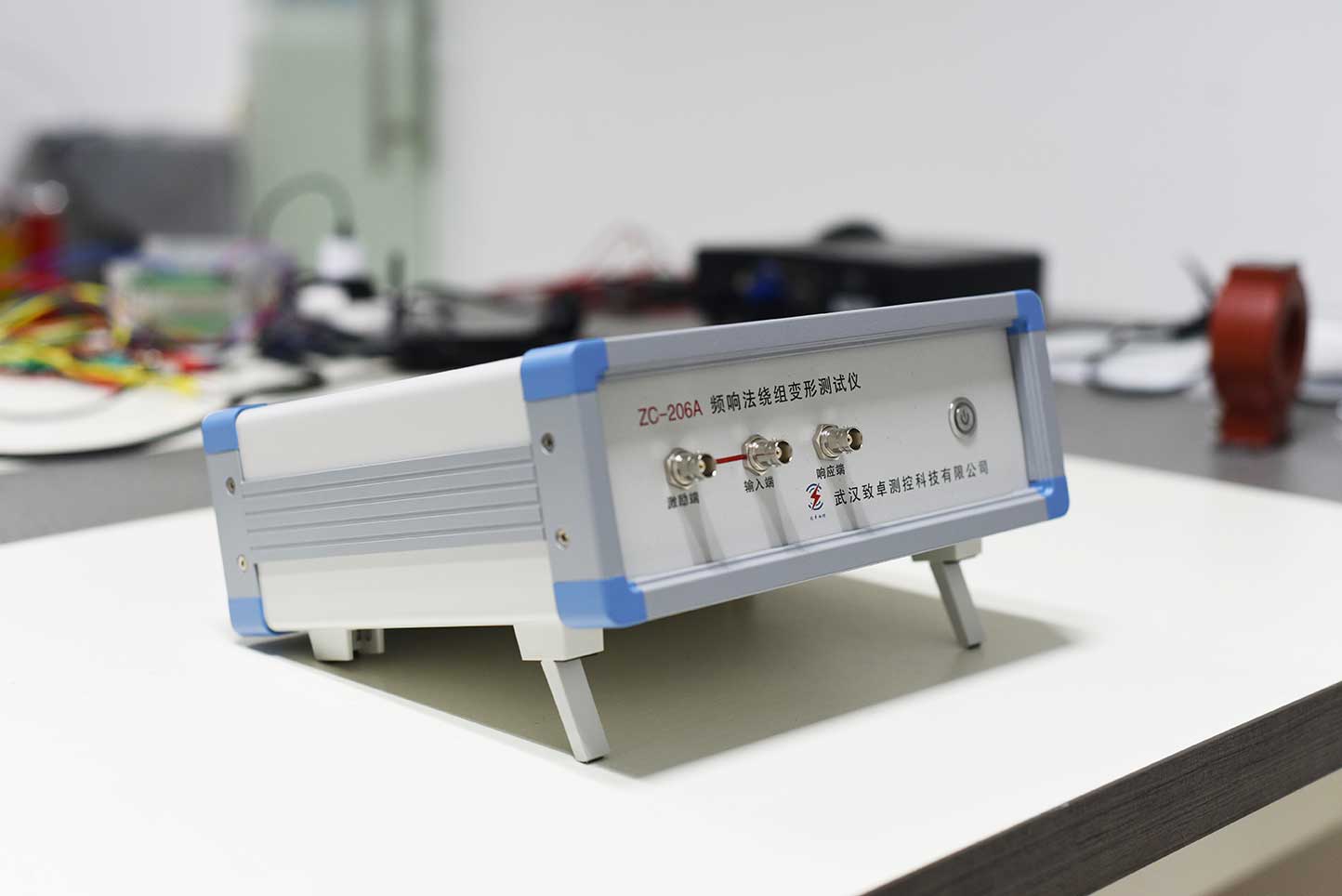The transformer winding deformation tester can detect various types of faults, as follows:
1. Winding deformation fault:
Main types: including winding distortion, bulging, displacement, tilting and other mechanical deformations.
Detection principle: The transformer winding deformation tester uses frequency response analysis (FRA) to detect the response changes of the winding in different frequency domains, quantitatively analyze the changes in winding parameters, and determine whether the winding has deformed.
2. Short circuit fault:
Fault manifestations: Short circuit at the outlet of the transformer, short circuit to ground between internal leads or windings, and short circuit between phases.
Impact analysis: Short circuit current can cause insulation overheating faults and winding deformation faults caused by short-circuit electromotive force. The tester can indirectly identify winding deformation caused by short-circuit faults by analyzing the amplitude frequency response characteristics of the winding.
3. Discharge fault:
Fault types: including partial discharge, spark discharge, and high-energy arc discharge.
Detection method: Under high electric field strength, discharge can cause a decrease or deterioration in insulation performance. The tester indirectly identifies discharge faults by analyzing the amplitude frequency response characteristics of the winding to determine whether the winding has deformed.
4. Insulation failure:
Fault types: including solid paper insulation faults and liquid oil insulation faults, are the most common types of transformer faults, accounting for over 85% of all transformer accidents.
Testing basis: Insulation faults can cause changes in the electrical parameters of transformer windings, thereby affecting frequency response characteristics. The tester identifies insulation faults by detecting the frequency response characteristics of the winding.
5. Interturn short circuit and interphase contact short circuit:
Fault manifestation: Interturn short circuit can cause local overheating of the winding, while interphase contact short circuit may lead to more serious faults.
Detection capability: The tester can accurately diagnose faults such as inter turn short circuit deformation and inter phase contact short circuit that occur in the winding.
6. Other related faults:
Fault types: such as tap changer fault, oil and gas leakage fault, oil flow live fault, etc.
Correlation analysis: Although these faults are not directly related to winding deformation, they may affect the electrical performance of transformer windings, resulting in anomalies in frequency response analysis. The tester can provide auxiliary basis for fault diagnosis through comprehensive analysis.

Kvtester Electronics Technology Co.,Ltd. is a high-tech enterprise specializing in power testing, testing, research and development, production, and sales of testing equipment. It has been engaged in the electrical testing industry for many years, and its products are of high quality. We welcome customers to come and purchase. Service hotline: 0086-27-81778799, to learn more, visit the official website: www.kvtester.com





